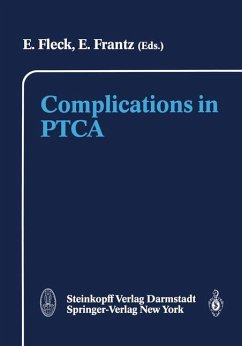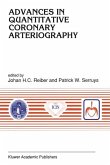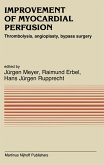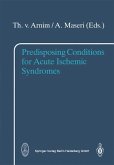Percutaneous Transluminal Coronary Angioplasty is presently the widest used non-surgi cal method for the treatment of stenotic lesions in coronary artery disease. Continuous development of the procedure and equipment has made complex and multi-vessel-inter ventions possible and has led to other techniques of intravascular angioplasty. In reviewing current results, this volume pays particular attention to causes, incidence, circumstances, recognition, treatment and outcome of complications of PTCA; it also considers restenosis, which still occurs at an unsatisfactory high rate after primarily successful procedures. To deal with these topics, experts on PTCA met to discuss their experiences and insights into peculiar aspects of complications in PTCA. The discussion was subdivided into: Recognition of complications; Complications in new interventional techniques; Management of complications; and Restenosis after angioplasty. The question of whether angiographic and pathological characteristics of sclerotic lesions allow the identification of complication-prone lesions in advance is discussed in the first chapter. One paper deals with the state of the art of digital cardiac imaging, which enables the operator to have an early knowledge of and adequate reaction to possible complications occurring during angioplasty. Special attention is directed to the so-called "high-risk"-PTCA, detailing the clinical variables, in order to have better knowledge about patients with a higher probability of unsuccessful or complicated procedures.
Hinweis: Dieser Artikel kann nur an eine deutsche Lieferadresse ausgeliefert werden.
Hinweis: Dieser Artikel kann nur an eine deutsche Lieferadresse ausgeliefert werden.








